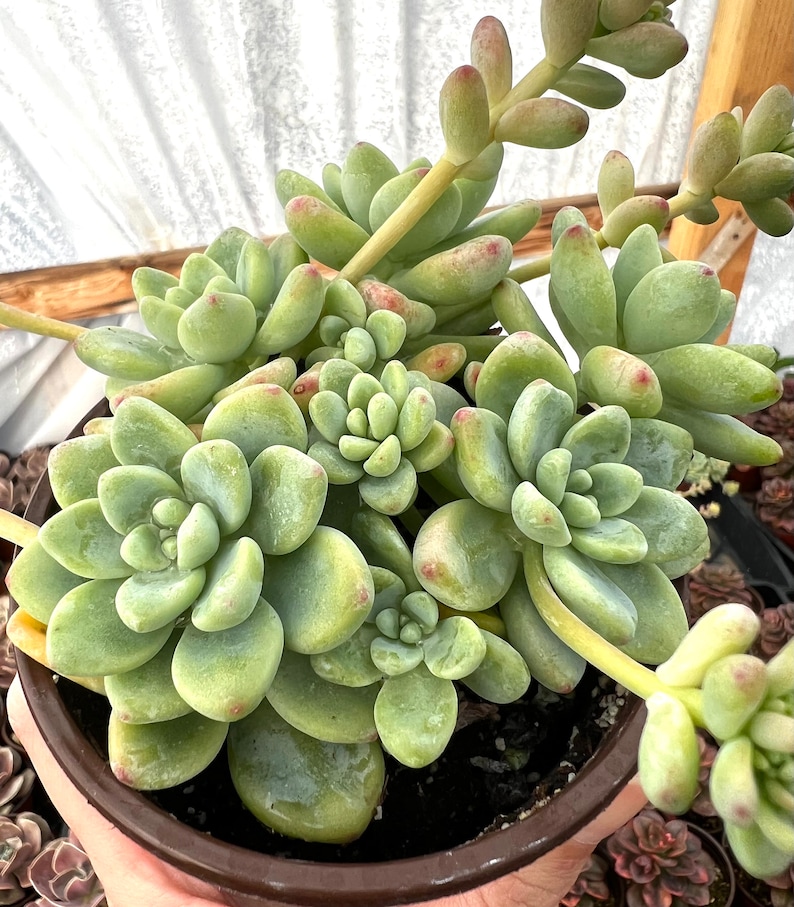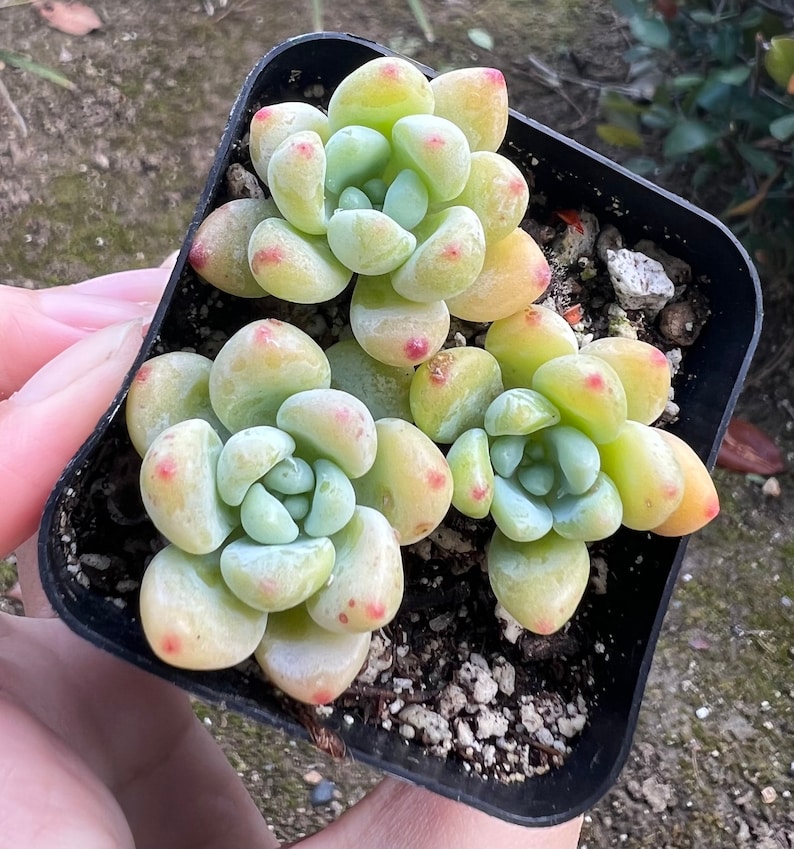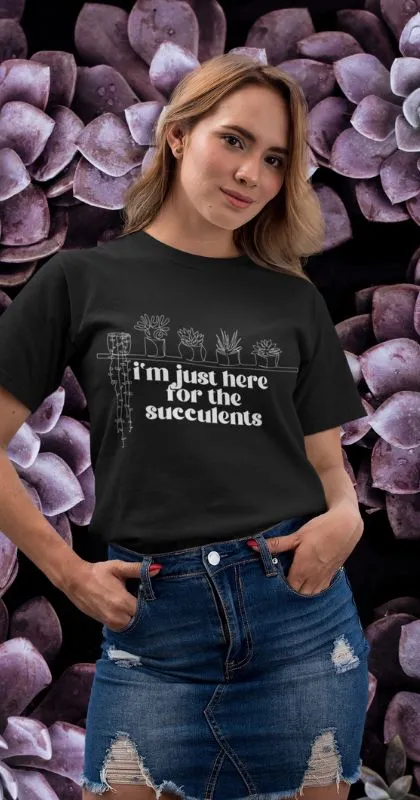Sedum clavatum, also known as ‘Tiscalatengo Gorge Sedum’, is a beautiful succulent plant native to Mexico. It’s prized for its fleshy, blue-green leaves, and stunning, star-shaped flowers. In this comprehensive guide, we’ll explore everything there is to know about this captivating plant, from its botanical features to its care requirements, and how to propagate it.
Dig in!
Botanical Description
Sedum clavatum ‘Tiscalatengo Gorge Sedum’ belongs to the Crassulaceae family and is a perennial succulent plant. Its botanical features include:
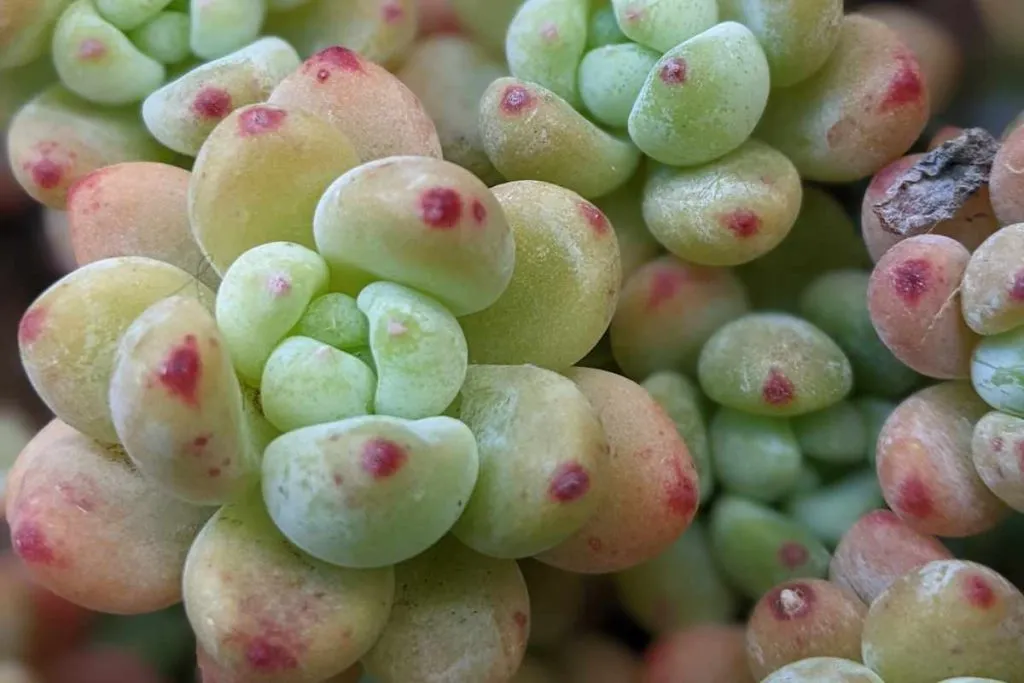
Leaves
The leaves of Sedum clavatum ‘Tiscalatengo Gorge Sedum’ are fleshy, rounded, and blue-green in color. They grow in a rosette pattern, making the plant an attractive addition to any succulent collection. My favorite feature is that the leaves are so chunky and prolific. The shape of the leaves is clavate, or club shaped.
*Sedum clavatum often gets confused with Sedum treleasei which has chunkier leaves and also has a longer stem with a slightly trailing habit.
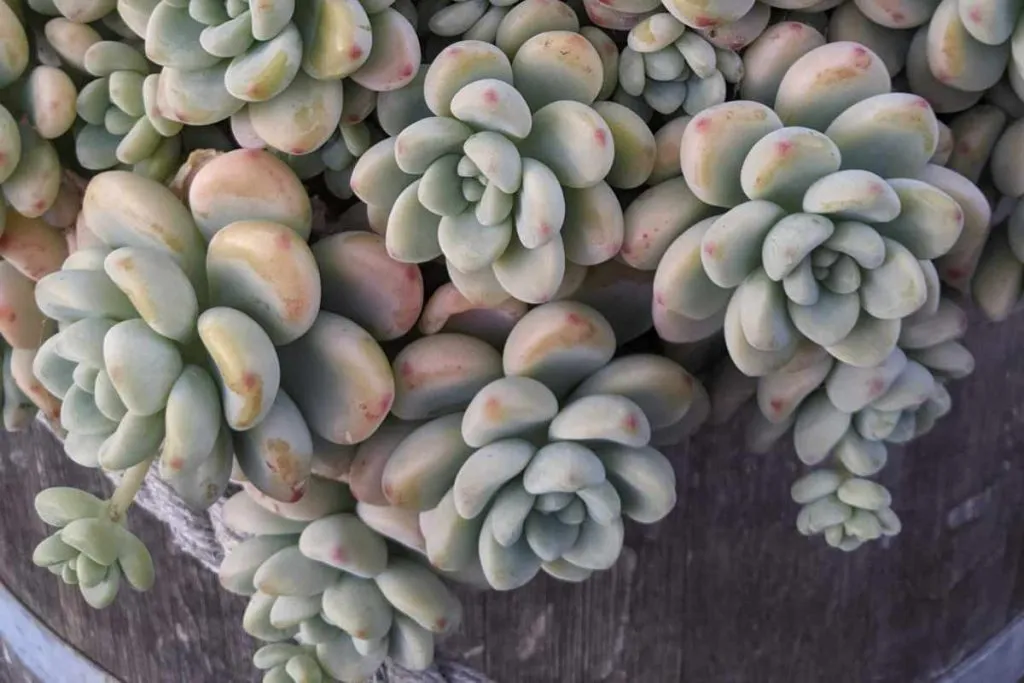
Flowers
Sedum clavatum ‘Tiscalatengo Gorge Sedum’ blooms in late spring to early summer with clusters of small, star-shaped flowers. These flowers are typically white or pale pink and have a pleasant fragrance. Since aphids and mealybugs are attracted to the new growth that flowers bring, I tend to cut the flowers off before they appear.
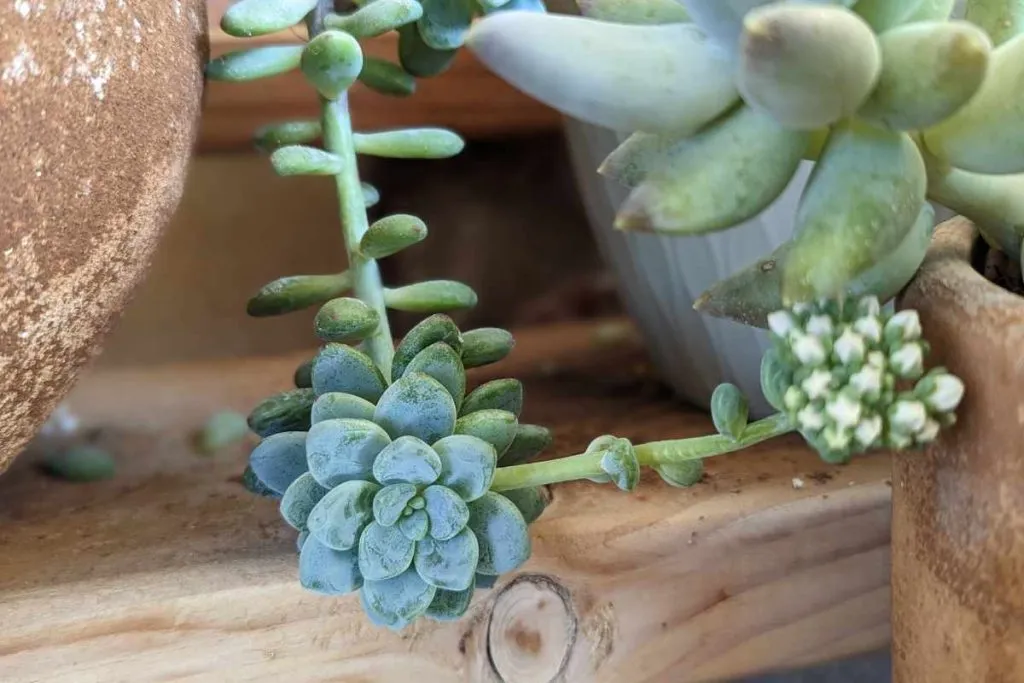
Sedum clavatum Care
To keep your Sedum clavatum ‘Tiscalatengo Gorge Sedum’ healthy and thriving, it’s essential to provide it with the optimal growing conditions. These include:
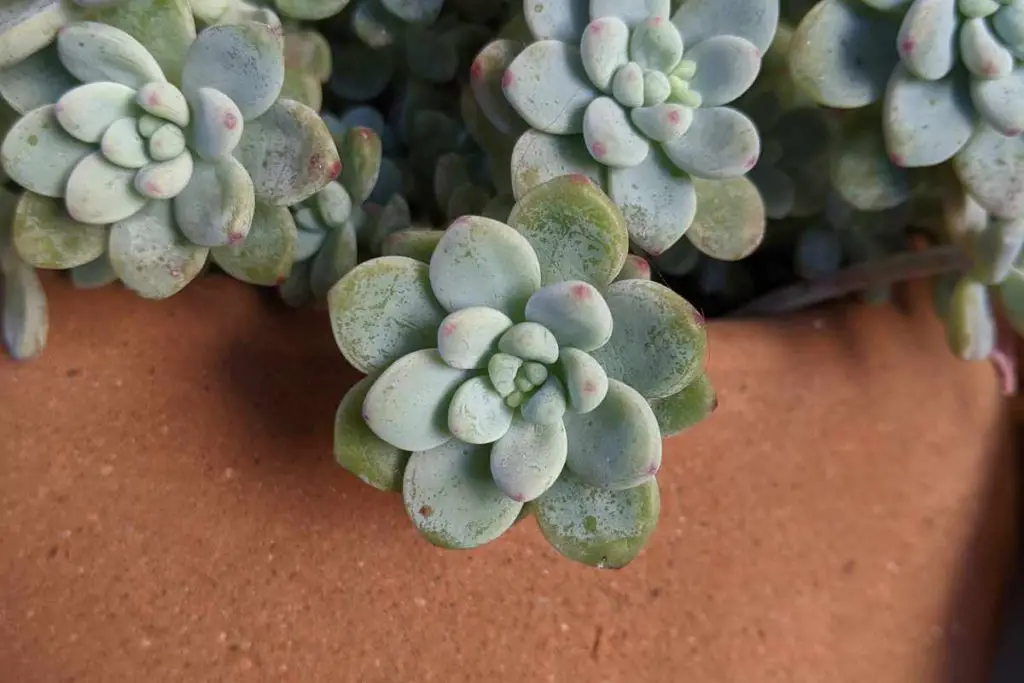
Light requirements
Sedum clavatum requires plenty of bright, indirect sunlight. It can tolerate some direct sun, but too much can cause its leaves to scorch.
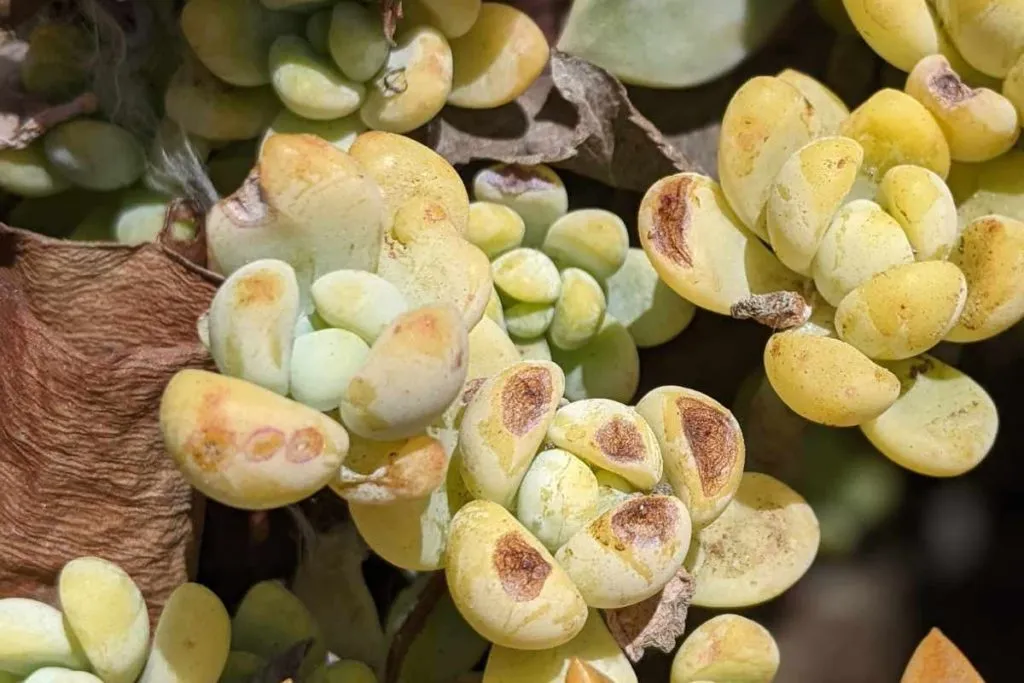
Temperature
Sedum clavatum prefers temperatures between 60°F and 75°F. It can tolerate brief periods of colder temperatures, but it’s not frost-hardy and should be protected from freezing conditions. When the weather is cooler, red tips appear on the leaves and makes ‘Tiscalatengo Gorge Sedum’ one of my collection favorites.
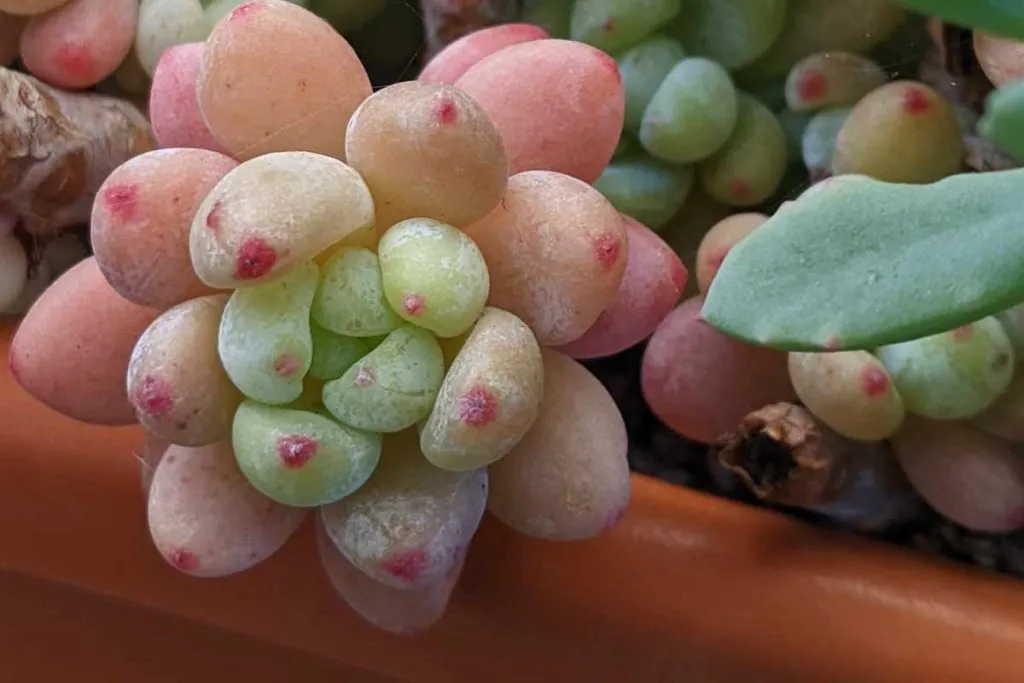
Soil
Sedum clavatum needs well-draining soil to prevent root rot. A cactus or succulent potting mix works well, or you can create your own by combining equal parts of potting soil, perlite, and coarse sand.
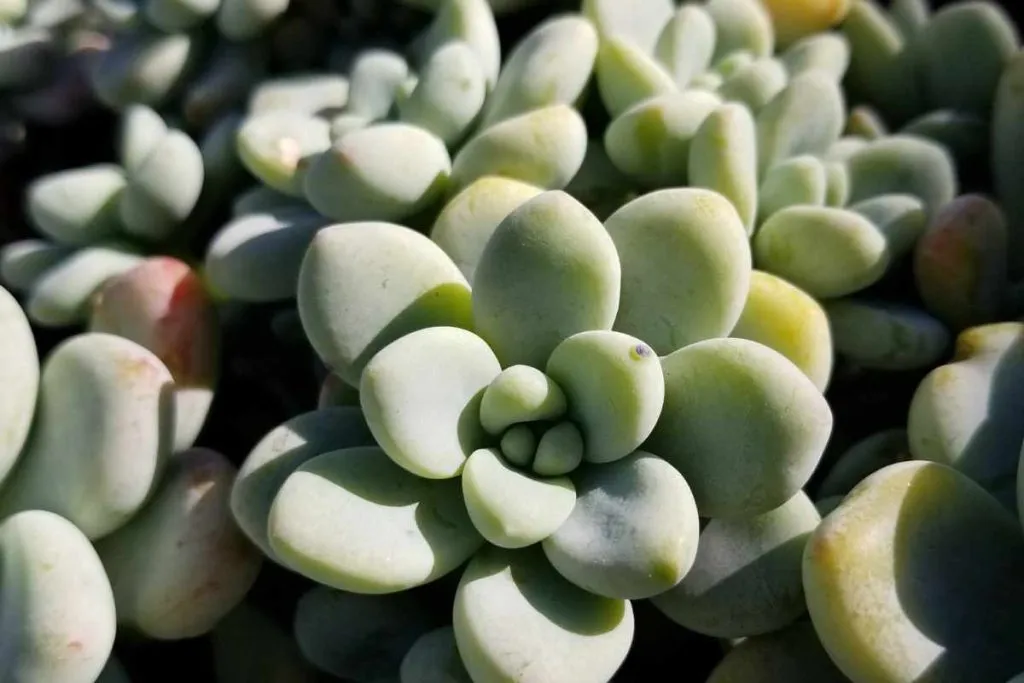
Propagation
Sedum clavatum can be easily propagated in a few different ways. These include:
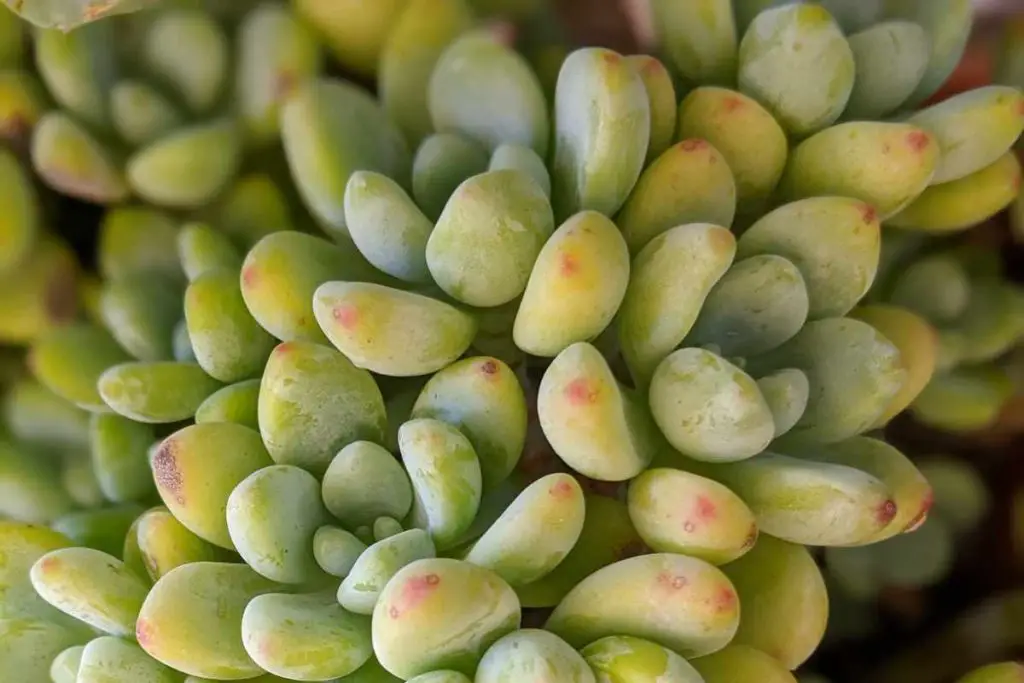
Leaf cuttings
Gently remove a healthy leaf from the mother plant, let it callous over for a day or two, and then place it on top of damp, well-draining soil. New roots and a small plant will start to form in a few weeks.
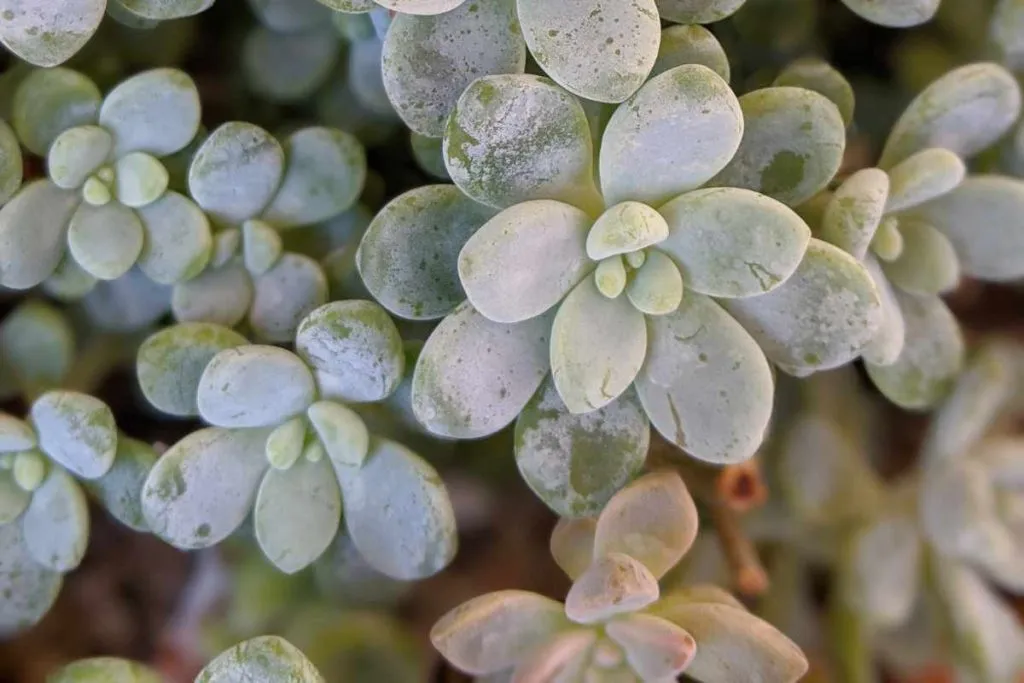
Stem cuttings
Cut a healthy stem from the mother plant, let it callous for a few days, and then plant it in well-draining soil. Water sparingly until the ‘Tiscalatengo Gorge Sedum’ cutting starts to establish roots. You’ll know it has roots when you give the cutting a gentle tug and you feel resistance.

Offsets
‘Tiscalatengo Gorge Sedum’ naturally produces offsets or small baby plants around the base of the mother plant. Carefully separate these from the main plant and pot them in their own containers with well-draining soil. I don’t separate the pups until they’re at least a third of the size of the mother plant but most of the time I leave them alone because they make the prettiest clusters.

Plant Care
To keep your Sedum clavatum ‘Tiscalatengo Gorge Sedum’ looking its best, follow these care tips:
Watering
Sedum clavatum ‘Tiscalatengo Gorge Sedum’ is drought-tolerant and doesn’t need frequent watering. Allow the soil to dry out completely between waterings and avoid letting the plant sit in standing water.
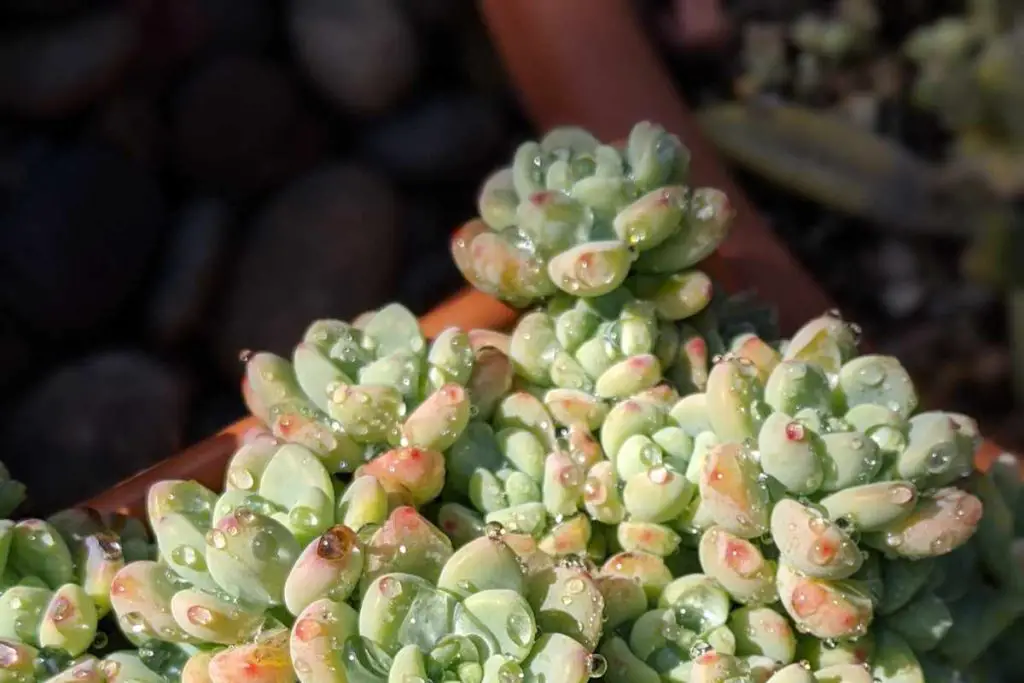
Fertilizing
Sedum clavatum ‘Tiscalatengo Gorge Sedum’ doesn’t need much fertilizer. Feed it with a balanced, water-soluble fertilizer diluted to half strength once in the spring and again in the summer.

Succulent fertilizer available to purchase on Etsy.
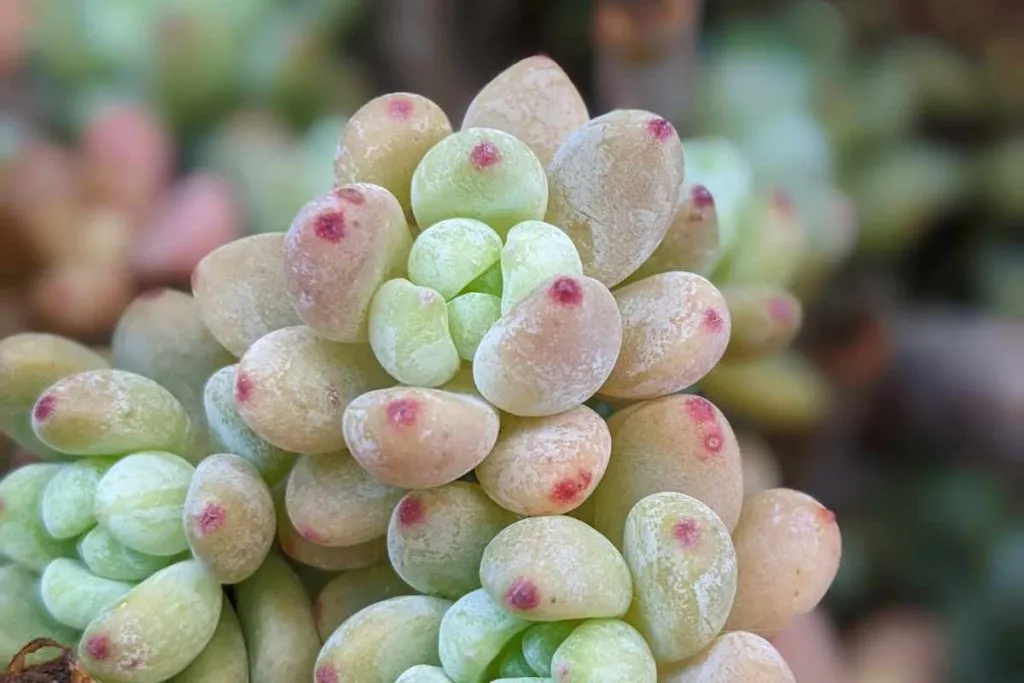
Pruning
Prune back any dead or damaged leaves and stems to keep the plant looking neat and tidy. This will also encourage new growth. Removing dead leaves also helps to prevent any mealy bugs from making their home.
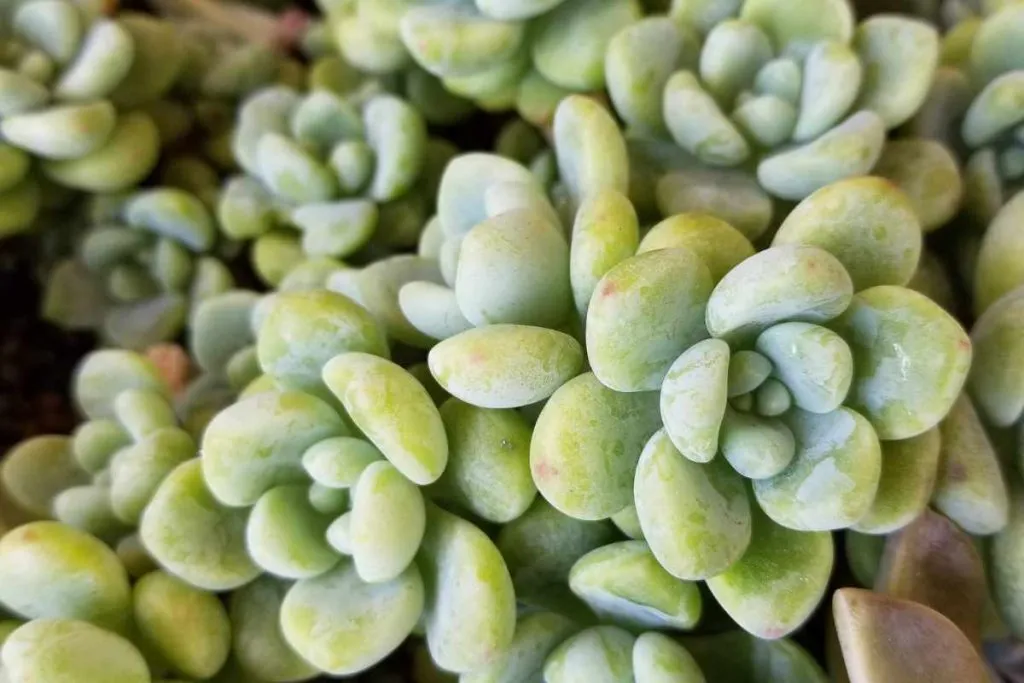
Pest and Disease Management
This chubby beauty is relatively low-maintenance when it comes to pests and diseases. However, there are a few issues to watch out for:
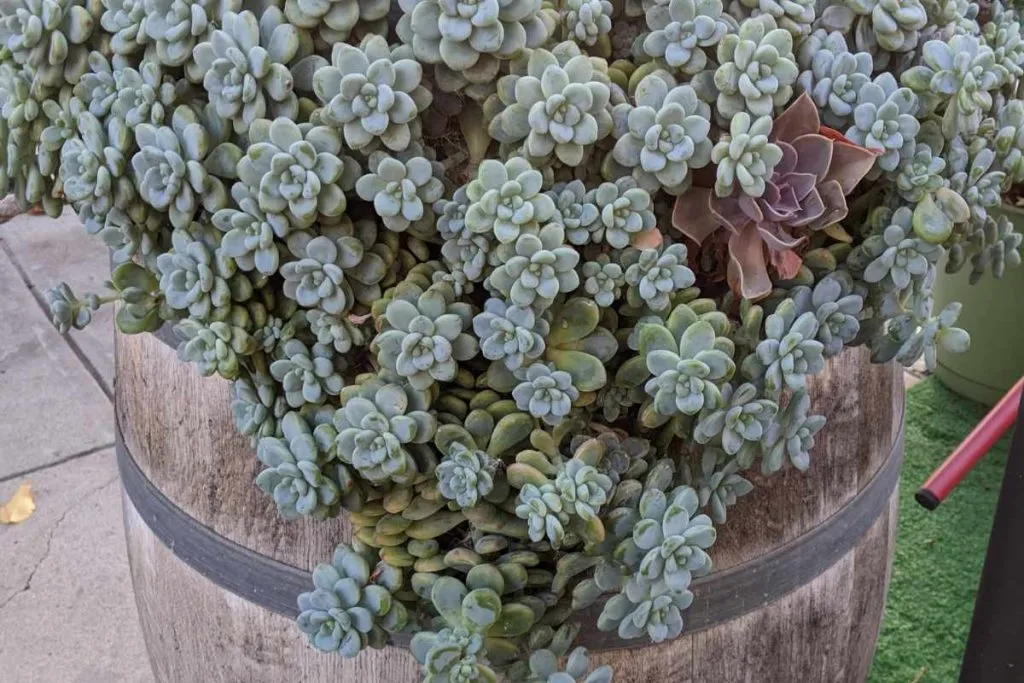
Common pests
Mealybugs and aphids can occasionally infest this plant. Treat infestations with insecticidal soap or neem oil. Fortunately, this isn’t one of the succulents in my collection that isn’t chronically infested with mealy bugs.
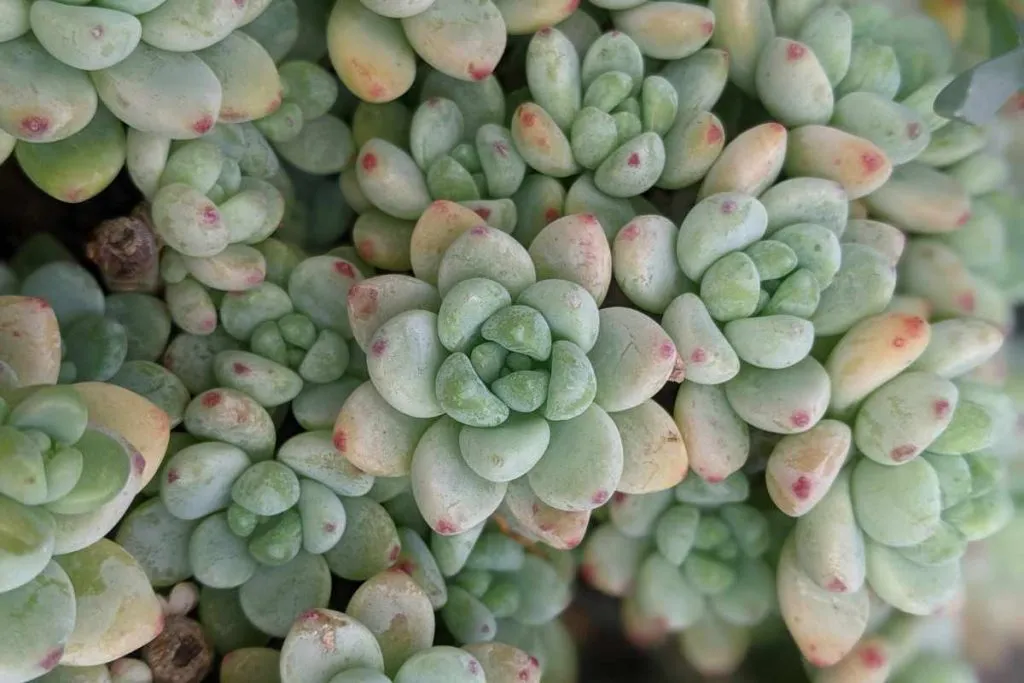
Common diseases
Root rot can occur if Sedum clavatum is overwatered or sitting in soggy soil. Ensure proper watering practices and well-draining soil to prevent this issue. Make sure that the pot you’re using has a drainage hole and if you’re using a saucer underneath it, make sure that water doesn’t sit in that either.

Prevention and treatment
Regularly inspect your Sedum clavatum for signs of pests or diseases, and address any issues promptly. Keeping your plant healthy will help it resist potential problems.
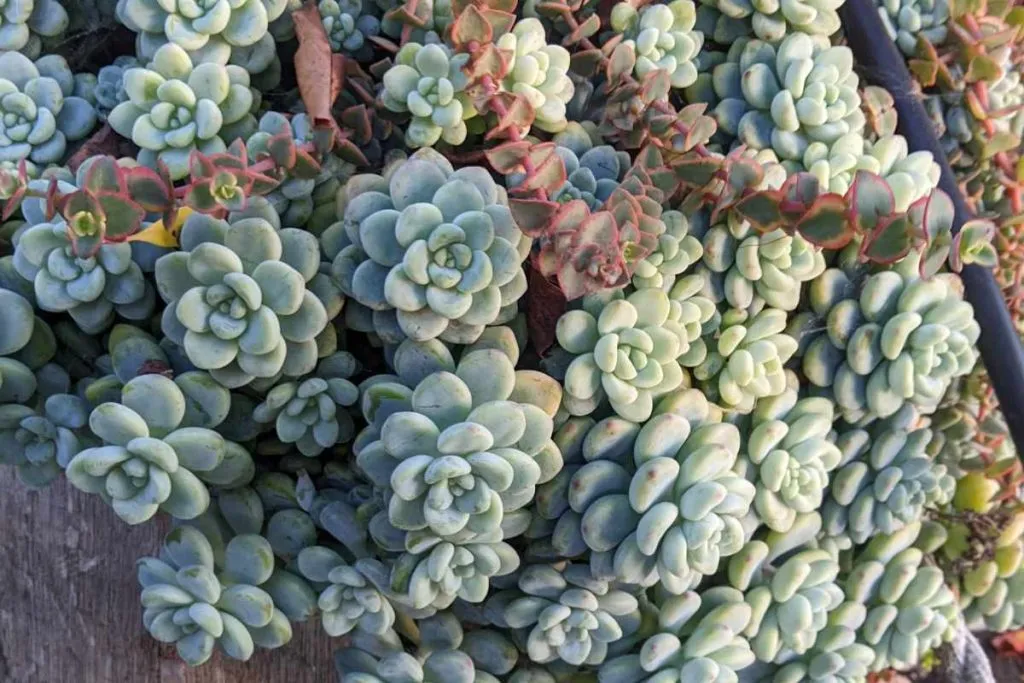
Landscape and Design Ideas
Sedum clavatum is a versatile plant that can be incorporated into various garden designs. Some ideas include:
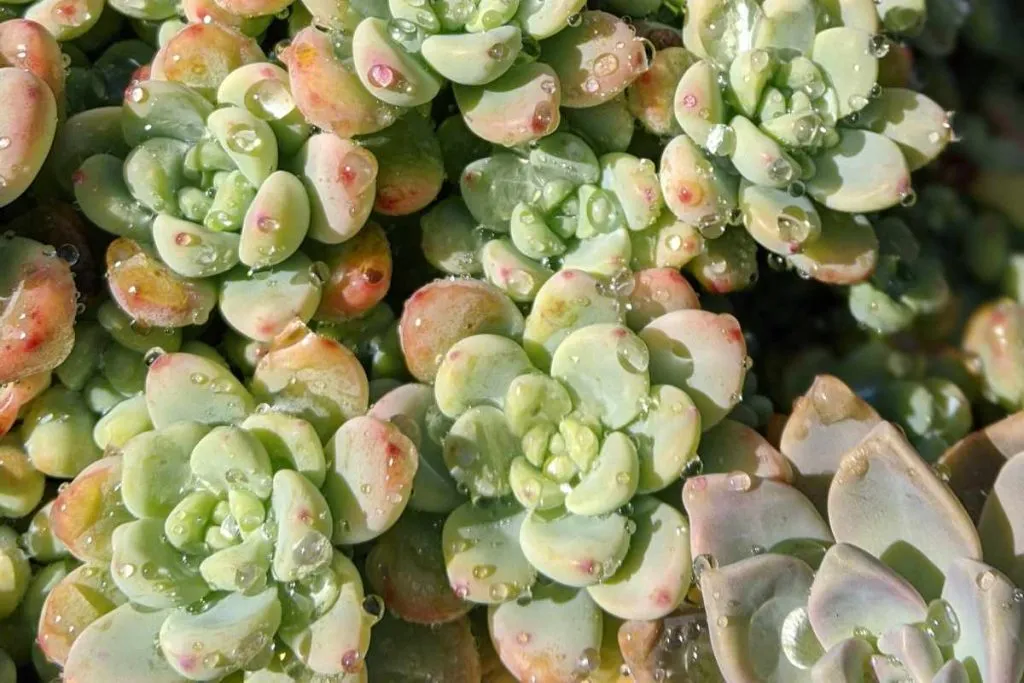
Container gardening
This succulent makes a stunning container plant, either on its own or combined with other succulents. Choose a well-draining pot with a drainage hole and use appropriate soil. All of mine are in containers since they grow so low, any time I’ve planted them in the ground they get covered by other succulents.
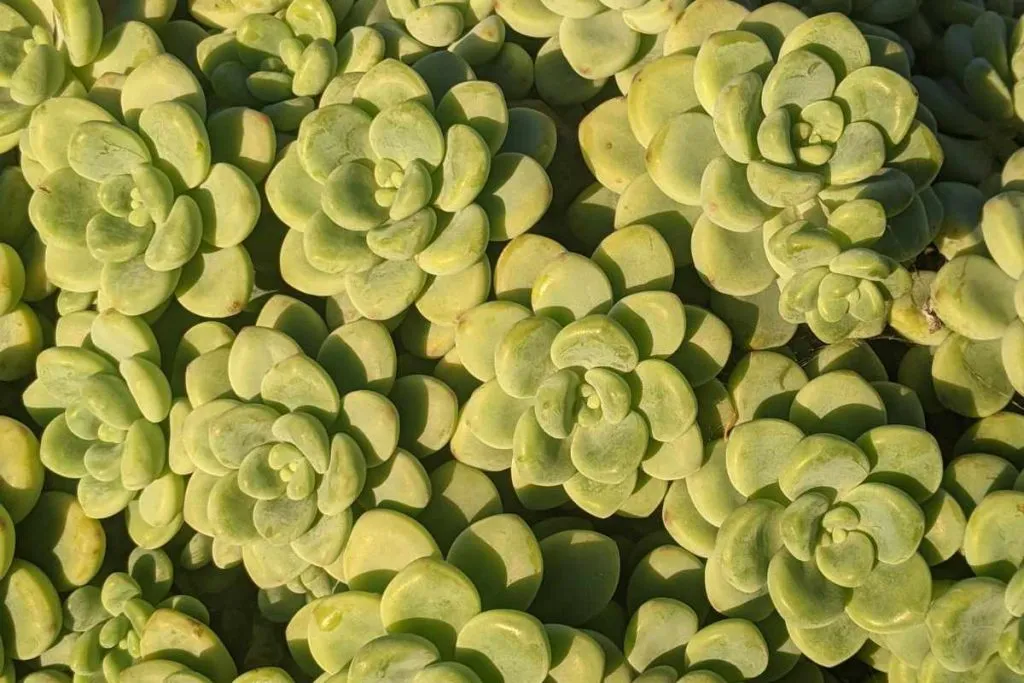
Rock gardens
Sedum clavatum thrives in rocky environments, making it a perfect addition to a rock garden. Plant it amongst other drought-tolerant plants for a low-maintenance, visually appealing display. Just make sure that you don’t plant taller succulents too close to it otherwise it will get overrun!
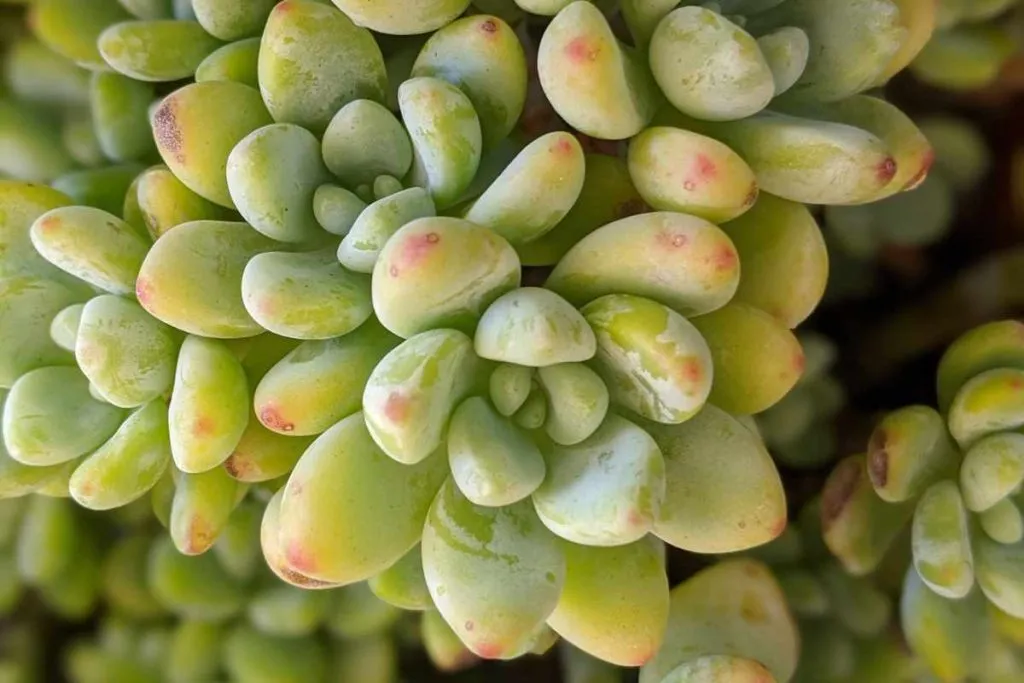
Ground cover
This plant can also be used as a ground cover in areas with well-draining soil and plenty of sunlight. It will spread slowly, creating a carpet of attractive foliage.
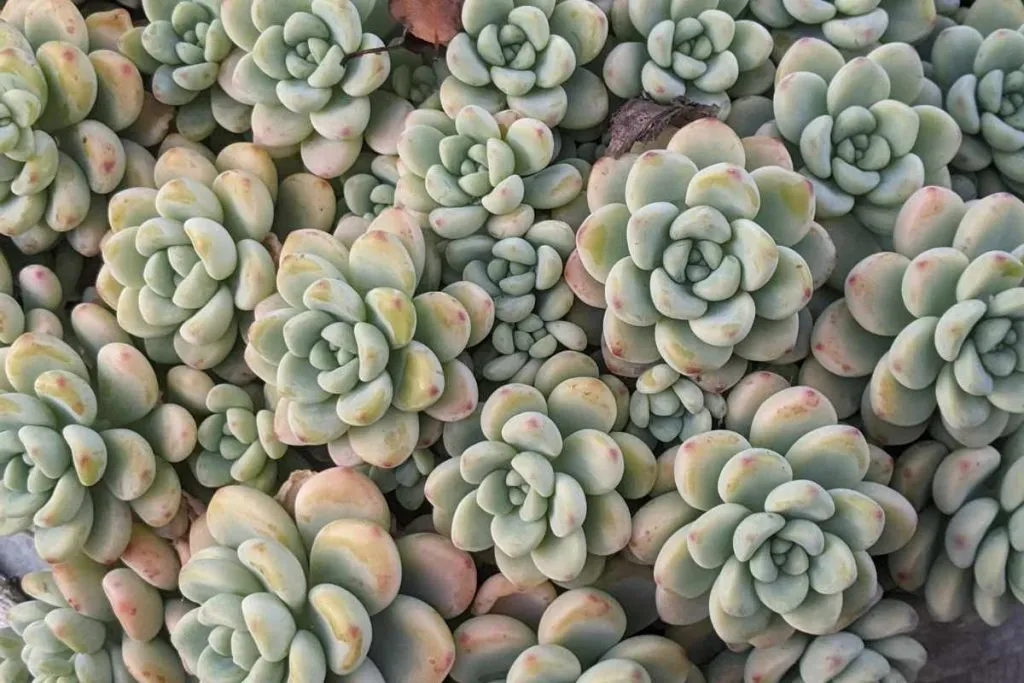
Sedum clavatum is a charming and easy-to-grow succulent that can add a touch of beauty to any garden or indoor space. By understanding its growing conditions, propagation methods, and care requirements, you can ensure yours stays healthy and vibrant for years to come.
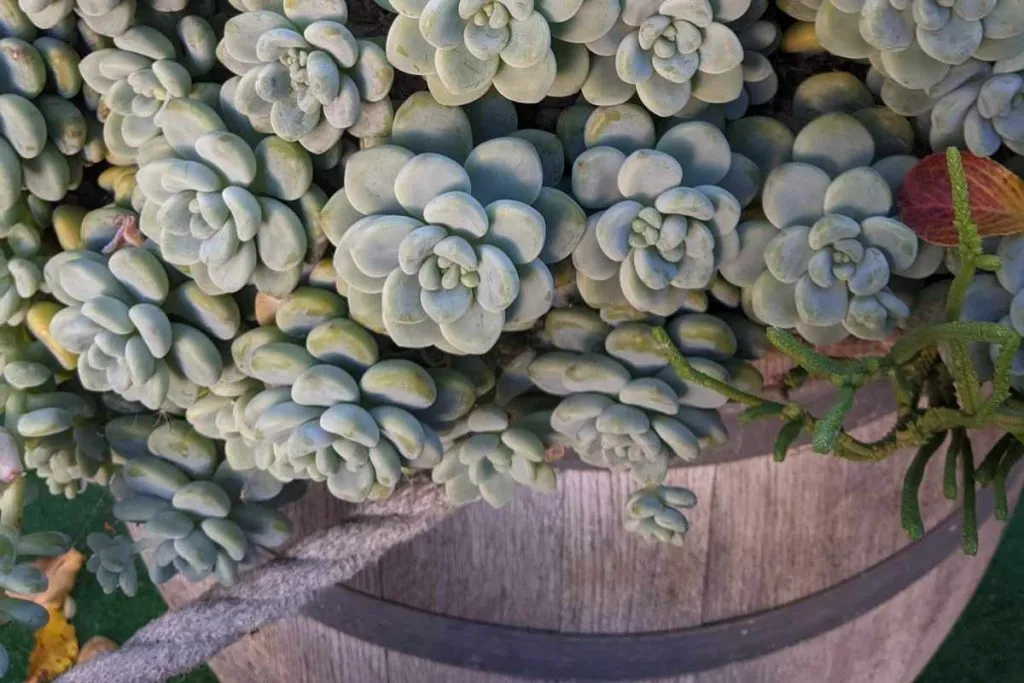
FAQs
- How fast does Sedum clavatum grow?
It is a relatively slow-growing plant. With proper care, it can reach up to 4 inches in height and spread to form a dense mat. - Is Sedum clavatum toxic to pets?
While not considered highly toxic, Sedum clavatum can cause mild digestive upset if ingested by pets. Keep the plant out of reach of curious animals. - Can Sedum clavatum be grown indoors?
Yes, Sedum clavatum can be grown indoors as long as it receives adequate light. Place it near a sunny windowsill, preferably with some direct morning or late afternoon sun. - How often should I repot my Sedum clavatum?
Repot your Sedum clavatum every 2-3 years, or when its roots begin to outgrow the current container. Use fresh, well-draining soil and a slightly larger pot to encourage healthy growth. - Do I need to deadhead the flowers on my Sedum clavatum ‘Tiscalatengo Gorge Sedum’?
Deadheading is not necessary for Sedum clavatum, as the flowers will naturally fade and fall off. However, you can remove spent flowers to maintain a tidy appearance if you prefer. I like to remove them since aphids and mealybugs are attracted to succulent flowers.

Where to Buy Succulents Online


